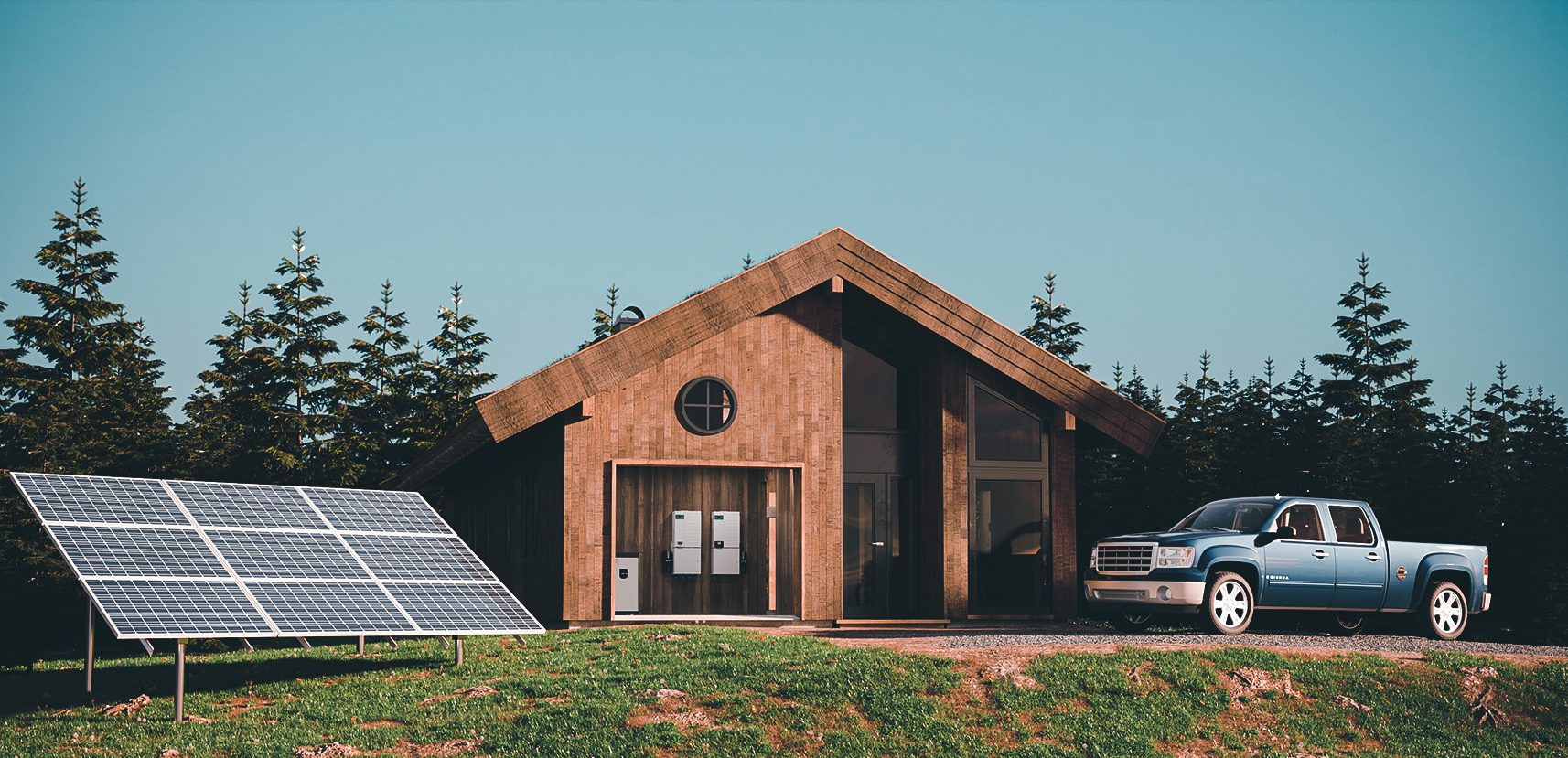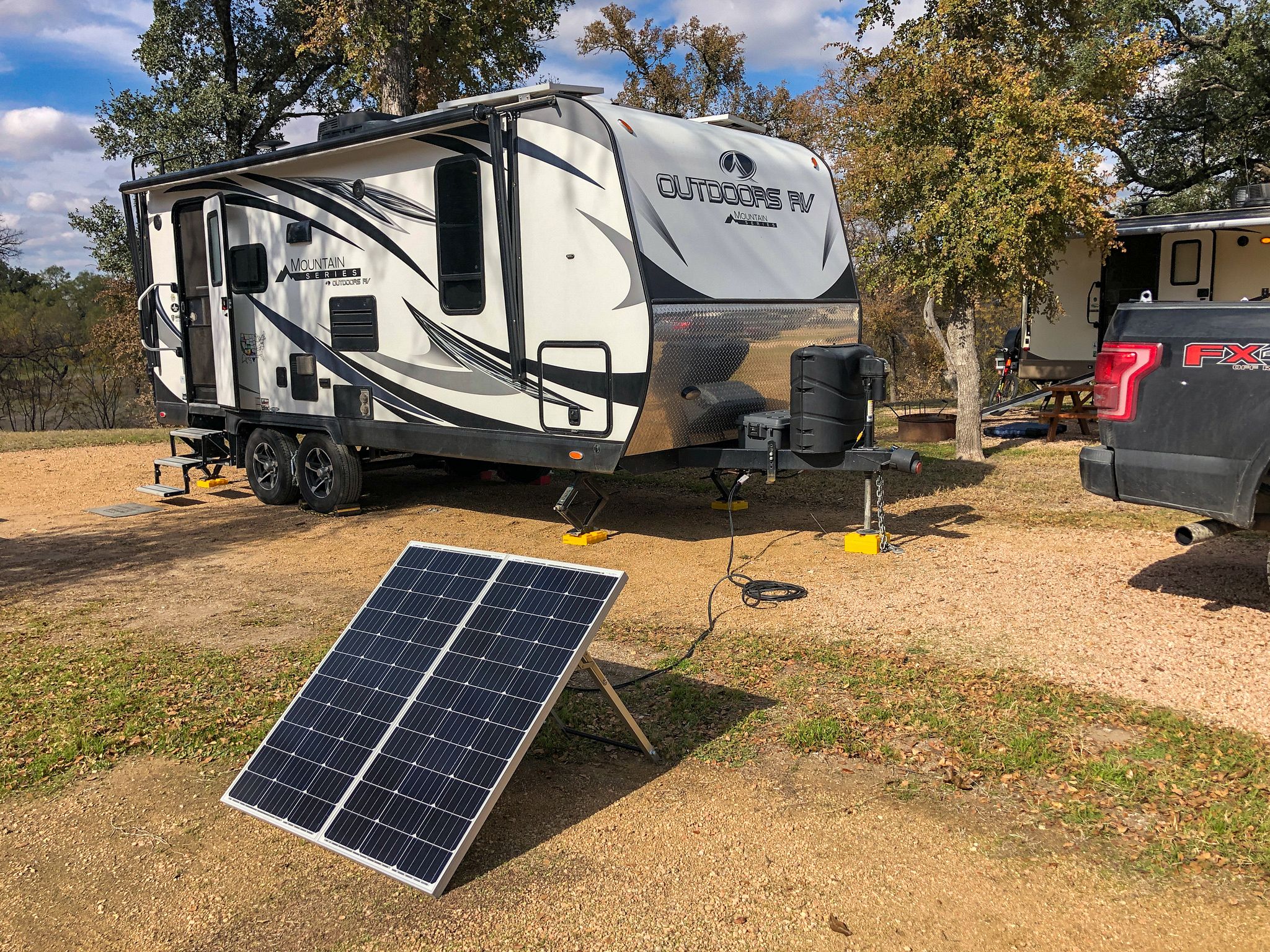Basic Components For Integration
Solar Panels And Smart Gadgets Basics
In order to start introducing solar power in a smart home the required two things are starting with right kind of solar panels and then how we can combine it through devices on hand. Usually, the preferred solar panels are those that have high efficiency ratings such as monocrystalline panels with efficiencies of 15%-20%. Some devices that pair well with solar systems are energy management systems such as Google Nest or the EcoBee SmartThermostat, capable of coordinating with real-time production data to help control overall consumption.Smart inverters
The smart inverter - the key ingredient of this set-up - not only transforms DC electricity generated by solar panels into energy that can be used within a home but it also allows for remote monitoring and control over how that energy flows. Contemporary automatic, clever inverters are linked to house Wi-Fi networks and available through smartphone applications that enable homeowners watch their energy production as well as intake. The SolarEdge HD-Wave inverter series, for example, boasts an integrated digital platform to monitor performance and yield up to 99% efficiency of solar energy.Link-ups to Home Automation networks
Connecting the solar energy system to home automation network which is crucial for integration This usually entails a plug-in from the solar inverter output into the home energy management system (HEMS) which can then prioritize where and how to best use that power, thereby optimizing both cost saving as well as operational efficiencies. Using advanced HEMS, the energy usage patterns can be predicted and then simple strategies to control how a home consumes its constant flow of cheap electricity.Consideration compatibility and Connectivity
Interoperability is the most important part of this to have all different brands and technologies work together For interaction to be seamless, the selected solar panels and smart home devices will need to speak standard communication protocols (think Z-Wave or Zigbee). This enables home energy use to be automatically balanced with the availability of solar power, making all its renewable capacity work harder and reducing reliance on grid supply.Setting up Your Smart Home
Your Smart Home Hub
Choosing the Right Smart Home HubThe center stone for a good solar powered smart home is to select an appropriate smart home hub. The hub will function as a central communication device for all the various smart appliances it connects to, with solar panels and other renewable power sources feeding revelations back into this control centre. The most popular ones are the Samsung SmartThings and Hubitat Elevation since they support a wide number of devices, protocols (Zigbee, Z-wave) and manufacturers.
Installing Smart Devices
Invest in smart technologies that enable optimal usage of solar energy. The devices most likely to feature in energy management systems are smart thermostats, LED lighting systems and also smart plugs. One such example argued by Debra is a smart thermostat, the likes of which can be found in the Nest Learning Thermostat and can save up to 30% off both heating and cooling bills as it learns your schedule changes, adjusting temperatures respectively —helping better use solar energy when its abundant.
Network Settings and Configuration
Maintain constant communication between devices Powerful Wi-Fi throughout your home This reduces interference in high device density networks, so having a dual-band router will be useful. After that, you need to set up each device individually and connect them with the smart hub. This could include setting up devices to respond to energy availability, as we see when smart blinds are programmed close at the hottest parts of the day in order minimize AC use.
Installation of Energy Management Software
You will want an energy management software that can work with your own photovoltaic inverts simultaneously and also along together using intelligent home apparatus. Such software should show real-time data on the amount of energy produced and consumed, or can be programmed to automatically store excess energy or operate appliances with solar availability. This even extends to your energy usage, for instance you could use a product like Tesla's Powerwall and have it set up so that the battery automatically charges during low-demand hours when production is high (like overnight), choosing instead to power your home using solar generation in times of peak demand during which electricity prices are most expensive.
Testing and Optimization
Test Test, and Do More Testing Part of the configuration is to test that it will install as well verify all communication between components After Successful_Test... you should be OK. Keep a lookout for any new firmware or software updates that could improve/cater to the device, part functionality. The routine of testing makes it possible to catch potential problems with the system and adjust settings as needed for proper energy usage, which leads you full circle towards savings.
Optimizing Energy Use
Smart Thermostat Implementation
A Nest Learning Thermostat or an Ecobee (smart thermostats) are a must-have for every smart home - and especially for one that is built around solar. Some may auto-set to your daily schedule and operate heating or cooling settings accordingly based upon when you are home or away. Leveraging your daily routine, smart thermostats can reduce heating and cooling costs by up to 23%, cutting back energy usage when solar power is on the low side.
How to Use Smart Lights
In order to reduce electricity usage, some of the popular solutions are moving towards smart lighting by adopting energy efficient LED bulbs and light controls. Lights may be diminished or turned off during peak sun hours to make the best use of natural lighting, programmed with occupancy sensors so they automatically power up and shut down when a room isn't used. According to research, the use of smart lighting can help reduce a homes true energy consumption by up to 20% in theory.
Wiser Advanced Energy Monitoring
Installing a renewable energy monitoring system that offers clear, real-time feedback about electrical use is also essential. Platforms such as Sense and the Neurio Home Energy Monitor allow homeowners to track power consumption, which are great system that provides real-time updates on how much energy is being used and what it takes to generate. Such systems can further also identify energy guzzlers and recommend time slots to use solar energy for minimum dependence on the grid.
Smart Technology Controls and Solar Friendly
Smart appliances that can coordinate with when solar production occurs increases energy saving benefits. Smart dishwashers, washers and dryers might be able to time their operation when the solar production is at its peak (i.e., your refrigerator, AC & pool pump arent running), as well - helping solve that problem of nothing but waste during daylight hours.
Home Automation for Blinds and Window Treatments
Window Dressings: Window blinds, automated to close and open with the position of the sun can assist in keeping your home at its most comfortable for optimal energy efficiency. Automatically closing blinds during the hot part of summer can significantly reduce air conditioning needs whereas opening them can be used to take advantage of free solar heating in winter. Such automation can help save 10% on heating and cooling energy costs.
Monitoring and Management
Real-time energy Monitoring System
The integration of solar power is a vital part of any smart home, and real-time energy monitoring tools are essential to help manage it effectively. Bad example: The Tesla Powerwall app and SolarEdge monitoring are able to provide real-time information on solar production, consumption & storage for the homeowner. Electrical generation and usage data are usually displayed in these systems, allowing system users to have a thorough understanding of how electricity is used before they can decide on adjusting relevant settings for efficiency with as little guesswork as possible.
Robotic Energy Management Systems
Automated energy management systems (EMS) which act as the brain of solar-integrated smart homes. These systems can be connected to IoT devices that enable them to intelligently adjust their power consumption based on solar availability, and the homeowner preferences. A high-EMS, for example: When the product has topped off solar energy production will automatically power some appliances such as washing machines or dishwashers when you are home to maximize use of solar.
Alerts and Notifications on BikeWale
Creating specialty alerts and notifications is a headline solar smart home feature. These alerts can inform home owners of important conditions such as low battery storage, high energy use or system failure. In this way, issues that could affect the performance of their solar system can be resolved immediately by users through SMS or app notifications.
Works with Smart Home Assistants
In some cases, voice-activated smart home assistants like Amazon Alexa or Google Assistant can be integrated with the wide number of systems - many protected device providers today work on at least one platform. This integration enables homeowners to voice control their solar panels. For example, you can ask Alexa to tell you about your solar production for the day or set up consumption settings based on a planet forecast.
Pre-scheduled reporting for Energy Audits
A solar-integrated smart home can be dramatically improved in its efficiency by combined or just added regular energy audits. On the other hand, modern EMS platforms can generate reports that analyze past energy usage trends and suggest where inefficiencies may be occurring. These reports frequently include a section on how and where energy flows in your organization, targeting specific areas that could be improved or save you costs.
Maximizing Savings
On-Site Energy Storage Strategically
These devices provide much greater value in terms of saving when coupled with solar panel installations and hence they are important for home owners to have options such as the Tesla Powerwall or LG Chem RESU which can be installed along side their solar panels. These are batteries that store all the solar energy generated during sunny hours so you can use it instead of grid power when the sun is not shining as well. Houses with this storage setup have seen a 70% reduction in grid energy use, meaning the electricity bills are minuscule.
Tariff and DR Programs
Dynamic tariff programs and demand response initiatives are more savings incentives. The programs are designed to offer homeowners a keener price per watt for the solar energy they sell back into the grid at peak demand. As an example, prices can change with time of use tariffs and home owner may make more money by exporting to the grid when electricity is most expensive which usually also corresponds with high solar production times.
Smart Electrodomestic Planning
Considerable savings can be made with intelligent scheduling of high energy appliances Homeowners can save a lot of money by running appliances-dishwashers, laundry machines and, eventually charging their electric vehicles -during peak sunlight hours when they otherwise be paying for expensive grid electricity. Research suggests that up to another 10-15% can be shaved off your energy expenditure by scheduling smart appliances.
Use of Solar Dividends
Homeowners can take advantage of solar dividends or renewable energy certificates, where available; If the solar energy that your panels may produce, they can credit those certificates or credits from selling on a stock market and offer you some funds in order to ease the initial installation cost. That practice not only pays for itself much faster, but it also turns a home energy system into an income-producing asset.
Scheduled maintenance and updates to the system
It is crucial that you always have solar panels and smart home systems slightly maintained to ensure the best savings over a long period. Improving the cleanliness and uncovering of your solar power panels can increase efficiency by 20%. It also keeps your smart home firmware and software updated so you always benefit from the latest energy-savings.



